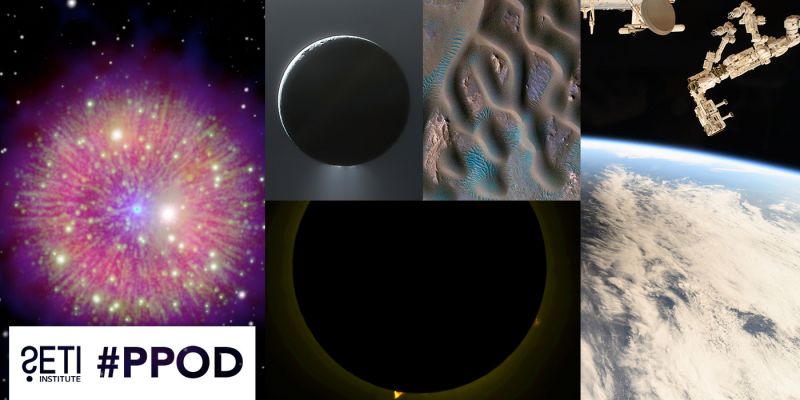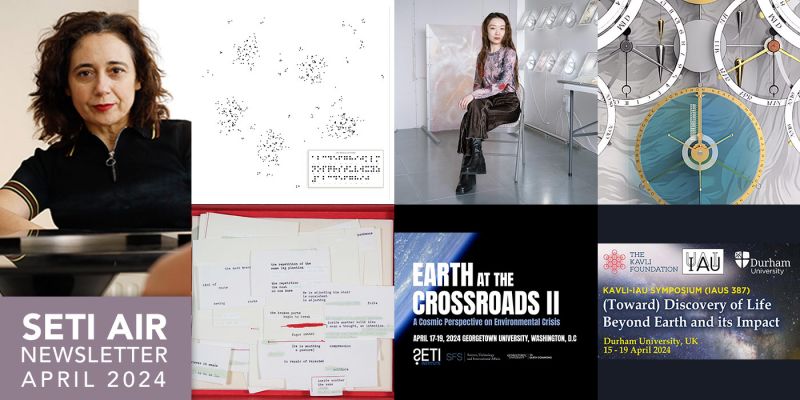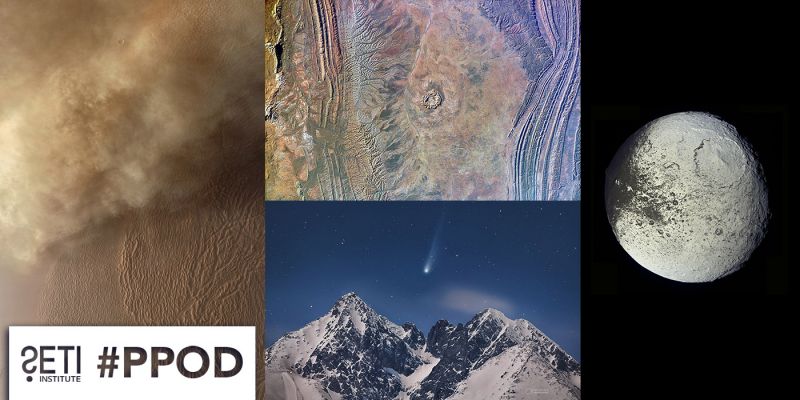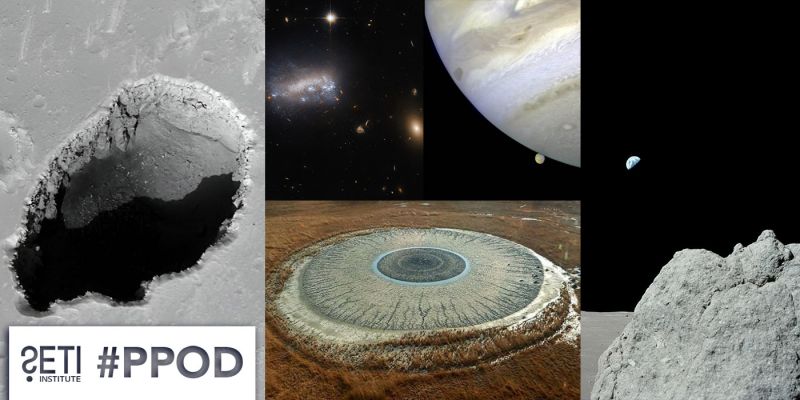
By Dr. Lauren Sgro, Citizen Science Researcher, SETI Institute
In January 2022, NASA’s planet-hunting TESS (Transiting Exoplanet Survey Satellite) spacecraft found a new exoplanet orbiting a distant star. With further observations, SETI Institute scientists Dr. Paul Dalba and Daniel Peluso have determined that the exoplanet, called TIC 139270665.01, is a giant planet with about half the mass of Jupiter. More excitingly, they have discovered that it’s not alone — another object lurks in its solar system.
TIC 139270665.01 has been observed to transit, or pass in front of its star, only one time by TESS. However, Dalba and Peluso have gathered additional radial velocity data of the host star, which shows how the star wobbles as it interacts with the other objects in its orbit. This data unveiled that TIC 139270665.01 has a “super Jupiter” sibling, with a mass five times that of our solar system’s largest planet.
Before astronomers can tackle the super Jupiter, they need more information about the planet revealed by TESS. Since TESS observed only a single transit, the planet’s orbital period, or how long it takes to orbit its star, is not well defined. To better understand TIC 139270665.01’s orbit and confirm it as a planet, astronomers need to see it transit again so that it is no longer a TESS “one-hit wonder.”
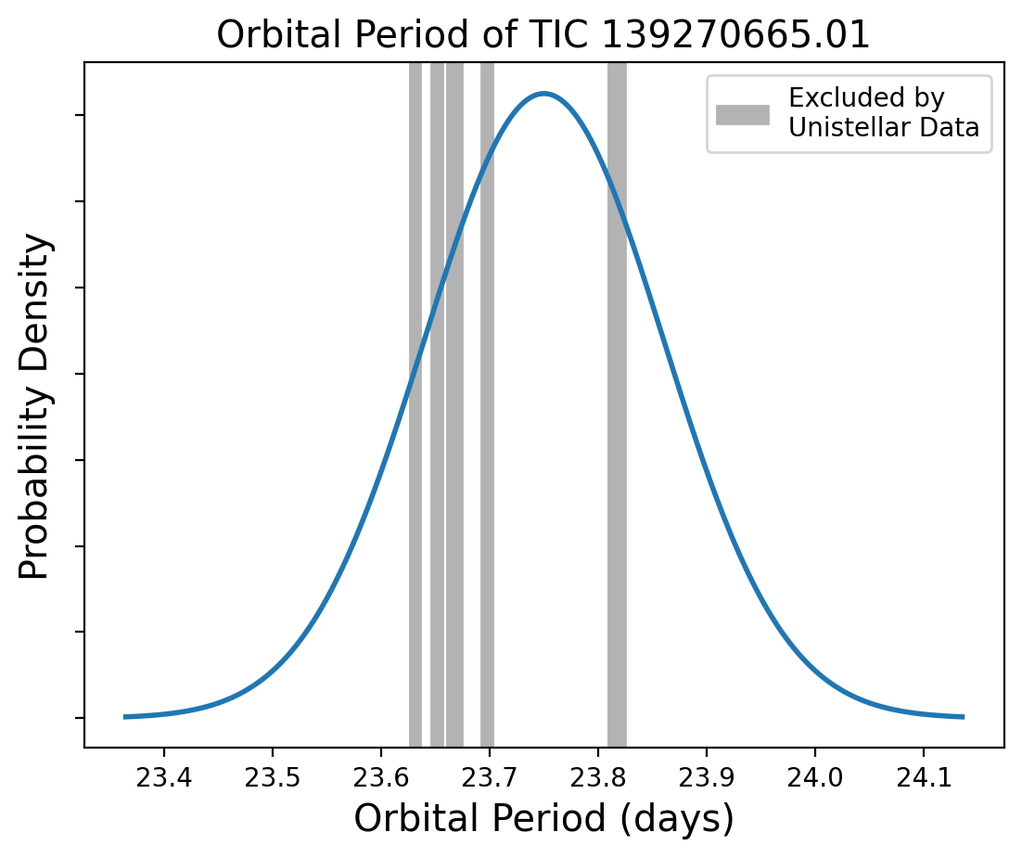
A plot of the most likely periods for TIC 139270665.01. The higher the probability density, the more likely the orbital period is the true period for the planet. Gray regions indicate orbital periods ruled out by previous SETI Institute/Unistellar citizen astronomers.
In December of last year, 11 SETI Institute/Unistellar citizen astronomers observed the exoplanet’s host star over four consecutive nights in search of a transit. Because researchers didn’t know when the planet would begin to transit and dim the light of its host star, astronomers needed data throughout this four-day time frame. Although the observers missed a transit, their data was still valuable; clear non-detections allowed the astronomers to rule out potential orbital periods for the planet. Now, SETI Institute scientists know that the next transit will occur sometime during a much shorter window lasting from February 17 00:20 (UTC) to February 18 16:11 (UTC). With more citizen science observations this February, astronomers hope to nail down the period of TIC 139270665.01 and eventually confirm the presence of its super sibling — and that’s where you come in.
To join in the exoplanet hunt, visit the website for UNITE: Unistellar Network Investigating TESS Exoplanets. Check out the visual below to see if the predicted transit will be visible where you are. If your location falls within the red-shaded region, astronomers need your help observing this transit!
A globe showing the visibility of TIC 139270665.01’s transits from February 17 to February 18. If you are located in the red-shaded region of the Earth, you can observe the transit at times shown in white (given in Universal Coordinated Time).
Chabot Space & Science Center (Oakland, CA) attempt an overnight observing marathon. Peluso, Chabot support staff, and these high school students will set up multiple Unistellar eVscopes at Chabot’s observing platform and observe through the night in attempts to catch a transit with you. Together, we can help shed light on this distant solar system and break the “one-hit wonder” status of TIC 139270665.01.


